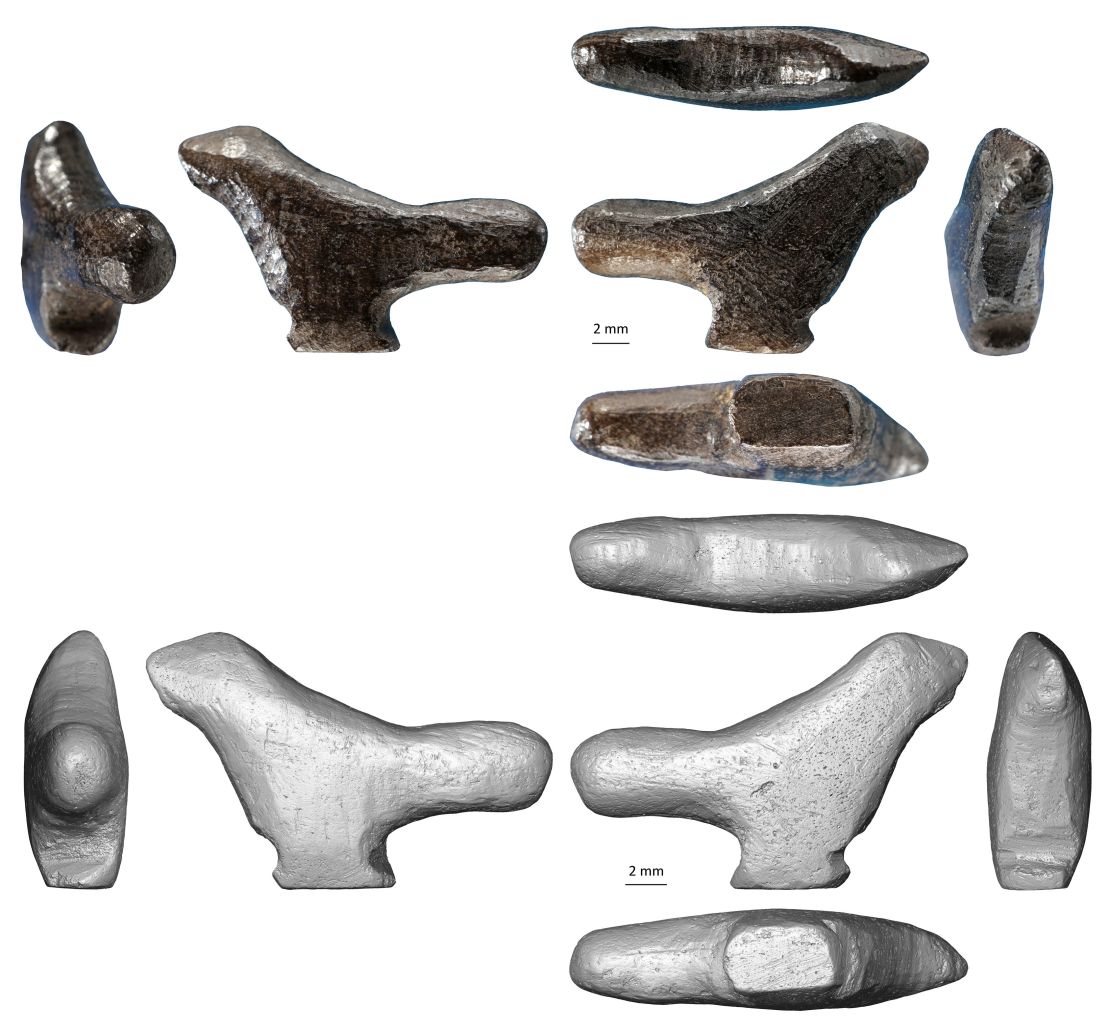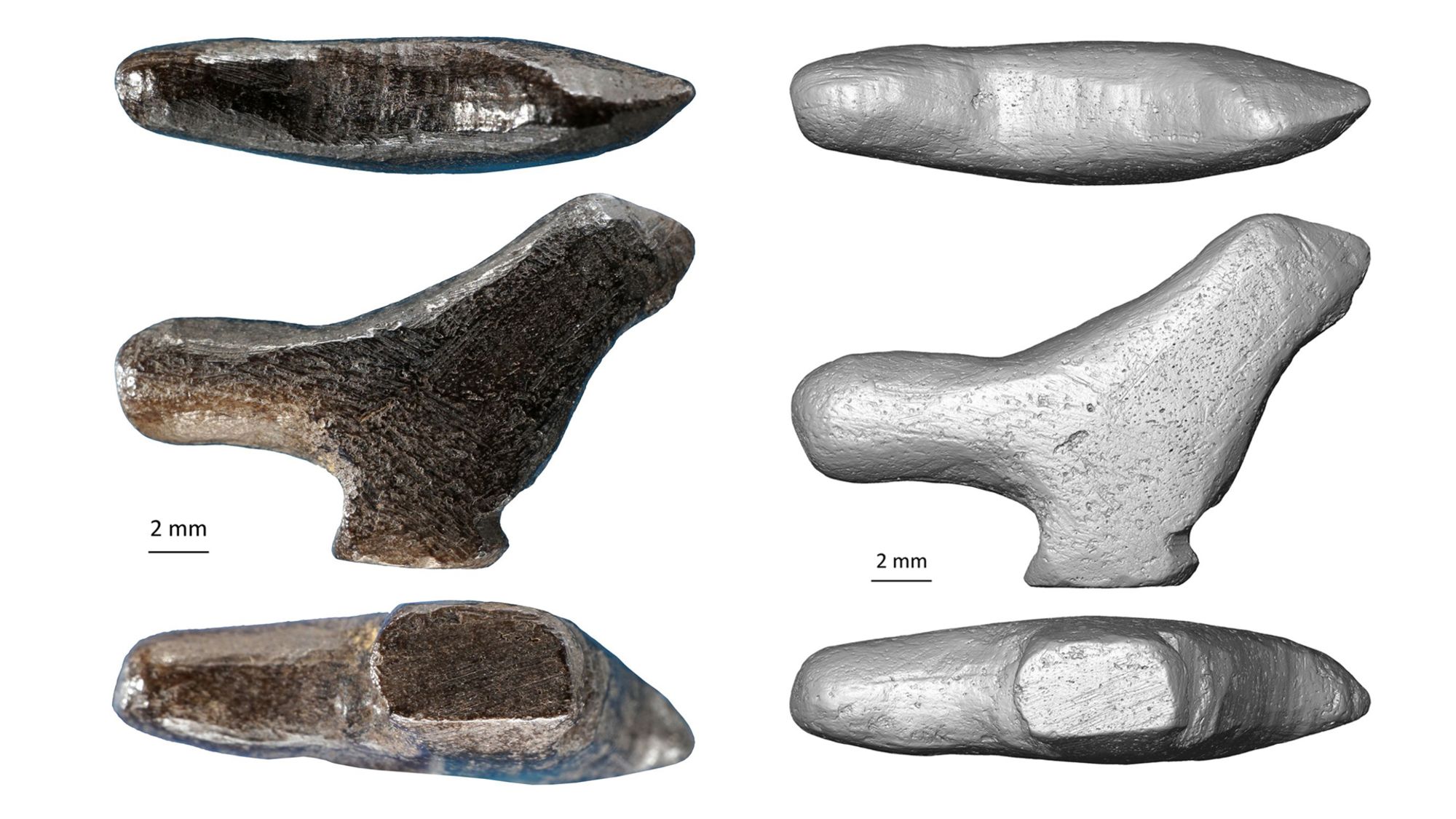A Stone Age bird figurine uncovered in China could be a “missing link” in our understanding of prehistoric art, according to research published Wednesday.
Dating back almost 13,500 years, the sculpture is now the oldest known example of three-dimensional art in East Asia, preceding other discoveries in the region by nearly 8,500 years.
Described as being in “an exceptional state of preservation,” the figurine was found at an archeological site in Lingjing, in central China’s Henan province. It was hand-carved from burned animal bone using stone tools.
Researchers say the sculpture depicts a bird on a pedestal, pointing to deliberate marks where the creature’s eyes and bill would be. It is believed that the bird’s oversized tail was made to prevent the figurine from tilting forward when laid on a surface.

Significantly older artifacts have been discovered in Europe, with mammoth ivory figures from the Swabian Jura region of southern German believed to be more than 40,000 years old. But much less is known about the emergence of sculptural representations in other parts of the world.
“This discovery identifies an original artistic tradition and pushes back by more than 8,500 years the representation of birds in Chinese art,” the authors said in a press release. “The figurine differs technologically and stylistically from other specimens found in Western Europe and Siberia, and it could be the missing link tracing the origin of Chinese statuary back to the Palaeolithic period.”
Analyzing techniques
As well as using radiocarbon dating to ascertain the object’s age, scientists used CT scans to reveal the carving techniques used by the Paleolithic sculptor. They found evidence that abrading, gauging, scraping and incising with stone tools were all used to produce the figurine.
The excavation was led by researchers from East China’s Shandong University, alongside experts from colleges in France, Israel and Norway. Li Zhanyang, who led the study, has been excavating the site since 2005. Other discoveries there include shards of pottery, burned animal remains and an ostrich egg pendant.
Li has contributed to other archeological findings in Lingjing, including a variety of ancient tools and two skulls belonging to an extinct species of early human. In 2019, he led a study into two engraved bones, also found in the region, that may date back 125,000 years.



